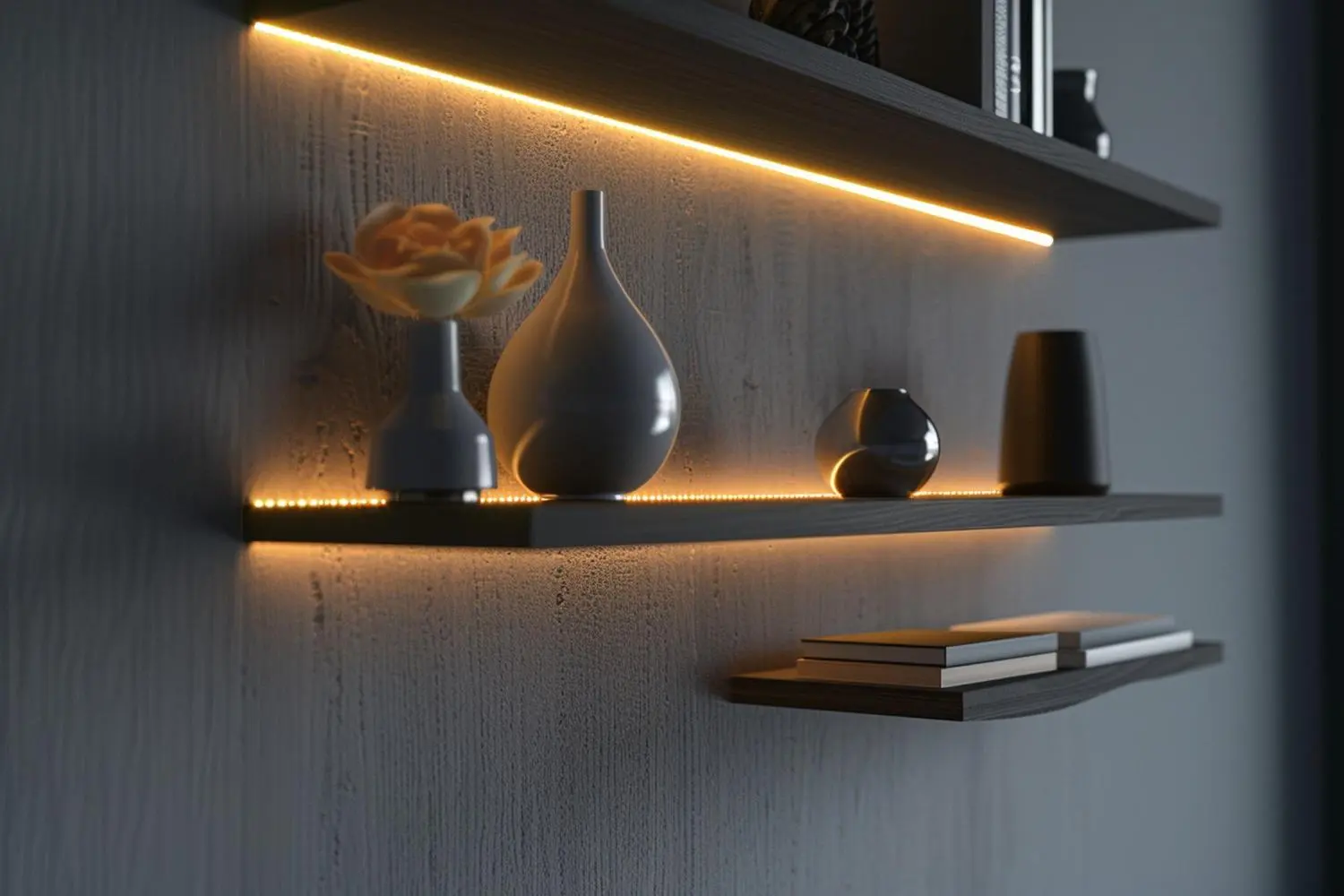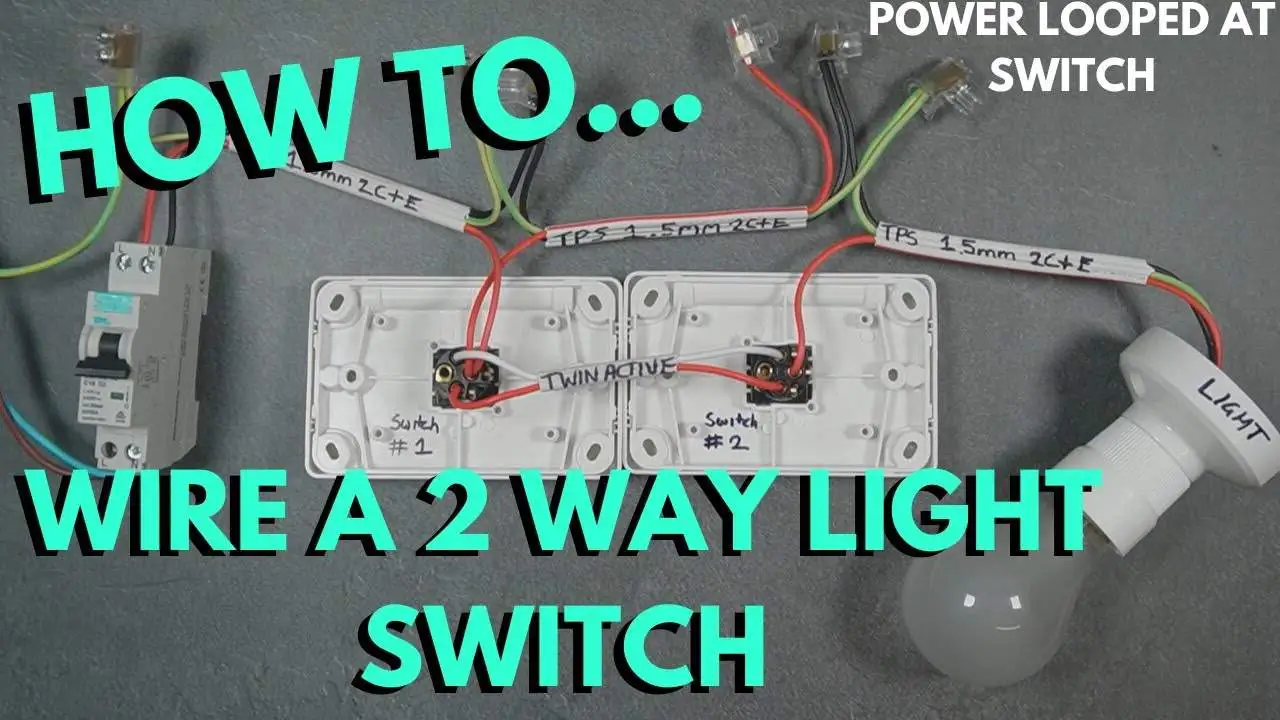
The Ultimate Guide to Built-In Shelf Lighting
Explore guide to built-in shelf lighting. Learn about LED strips, puck lights, recessed lights, tape lights, and their installation tips for perfect ambiance.
Light plays a pivotal role in the well-being of indoor plants, fueling their growth and vitality. Yet, there’s a widespread myth suggesting that plants can flourish even in the dimmest corners of our homes. This article aims to shed light on the truth, offering an in-depth exploration of indoor plant lighting. Through this guide, we’ll navigate the nuances of ensuring your leafy friends not only survive but thrive in your living space.
Photosynthesis might sound complex, but it’s simply how plants turn light into life. Imagine plants as little green factories. They take in sunlight, carbon dioxide, and water, churning out oxygen and glucose—a type of sugar they use for energy. This process is the heart of a plant’s world, with light acting as the main power source. Without enough light, plants can’t produce the energy they need, leading to a lack of growth and vitality.
Light doesn’t just fuel plant growth; it’s their lifeline. Each plant species has its own unique light recipe for optimal health. Some thrive in the bright, direct rays of the sun, while others prefer the soft embrace of indirect light. This diversity in light needs among indoor plants highlights the importance of understanding your green companions. By tuning into their specific requirements, you can ensure they not only survive but flourish, bringing a burst of life and color to your indoor spaces.
Lighting is a crucial element in the care of indoor plants, each type catering to the diverse needs of different plant species. Here’s a breakdown to help you understand and optimize the lighting for your green friends:
| Light Type | Definition and Importance | Plant Examples | Placement Tips |
|---|---|---|---|
| Direct Light | Direct light occurs when the sun's rays directly reach a plant without any barriers, crucial for sun-loving plants. | Cacti, Succulents, Tomato Plants | Place these plants on a south-facing windowsill where they can bask in the sunlight. |
| Bright Indirect Light | Bright indirect light is as luminous as direct sunlight but diffused through a medium, preventing direct exposure. Ideal for plants that need light but not the harsh sun. | Spider Plant, Peace Lily, Boston Fern | Position these plants near a window with sheer curtains to filter the light. East or west-facing windows are usually best. |
| Medium Indirect Light | This lighting is less intense and often found further from window sources. It supports plants that require light but thrive under softer conditions. | Pothos, Philodendron, ZZ Plant | These plants do well in rooms with north-facing windows or placed several feet away from east or west-facing windows. |
| Low Light | Low light refers to minimal light areas, often away from windows or in rooms with little natural light. It's not no light, but rather a dimmer environment. | Snake Plant, Dracaena, Cast Iron Plant | Ideal for spaces with limited natural light. These plants can be placed in interior rooms or corners, away from direct window light. |
Understanding and providing the right type of light for your indoor plants can make all the difference in their growth and health. Each plant has its preference, and with the right placement, you can ensure your plants not only survive but thrive.
Proper lighting is essential for the health and growth of indoor plants. Understanding how window direction affects light and recognizing the signs of too much or too little light are crucial steps in ensuring your plants thrive. Here’s how you can optimize the lighting for your indoor garden:
The direction your windows face plays a significant role in the amount and intensity of light that enters your home, directly affecting your plants’ well-being.
Positioning your plants according to their light needs in relation to these window directions can significantly impact their growth and health.
Plants will let you know if they’re not getting the right amount of light through visible signs.
Observing your plants regularly for these symptoms allows you to adjust their placement or lighting conditions accordingly. Moving plants to a more suitable location or supplementing their light with artificial sources can help mitigate these issues, ensuring your plants remain healthy and vibrant.
By paying attention to window direction and the signs of incorrect lighting, you can create an ideal environment for your indoor plants to flourish.
The dance between the Earth and the Sun brings about the changing seasons, which in turn affects the light your indoor plants receive. Understanding these shifts and how to adapt can make all the difference in keeping your plants happy year-round.
As the Earth orbits the Sun, the angle at which sunlight enters our homes shifts. During summer, days are longer, and light is more direct, especially in rooms with south-facing windows. In contrast, winter brings shorter days and a softer light, which might not reach the usual spots in your home.
Adapting to the seasonal shifts in light will help your plants not just survive but thrive.
By tuning into the natural rhythm of the seasons and adjusting your plant care accordingly, you can provide your indoor garden with the best possible conditions year-round, ensuring each plant remains a vibrant and healthy part of your home.
When natural light isn’t enough to keep your indoor plants healthy and vibrant, grow lights can be a game-changer. Here’s how to use them effectively:
Grow lights step in as a stand-in for the sun, especially in spaces where natural light is scarce. They’re not just a makeshift solution; they’re a powerful tool for indoor gardening. LED grow lights, in particular, have revolutionized indoor plant care. They’re energy-efficient, emit less heat, and can be tailored to emit specific light spectrums that mimic natural sunlight. This means you can provide your plants with the exact type of light they need to photosynthesize, grow, and even bloom indoors.
Selecting the right grow light involves understanding your plants’ needs and your home’s lighting conditions. Here’s what to consider:
Recommendations for Setup:
By supplementing natural light with grow lights, you can create an ideal growing environment for your indoor plants, ensuring they remain healthy and beautiful all year round.
Navigating the world of indoor plant lighting can be tricky. Here are some common pitfalls and how to steer clear of them:
Too much direct sunlight can do more harm than good. It can lead to leaf burn, where leaves turn brown and crispy, and dehydration, where plants wilt and dry out despite adequate watering.
How to Avoid: Monitor the amount of direct sunlight your plants receive, especially during peak hours. Use sheer curtains to diffuse intense sunlight or move sensitive plants a few feet away from south-facing windows.
Every home has its shadowy spots, but that doesn’t mean they must remain plant-free zones. Some plants can thrive even with minimal light.
How to Avoid: Choose low-light tolerant plants for these areas, such as snake plants or pothos. Alternatively, consider using grow lights to brighten up these darker corners and expand your plant options.
Just like in their natural habitats, indoor plants thrive on consistent light patterns. Inconsistent lighting can stress plants, leading to poor growth or even disease.
How to Avoid: Try to mimic natural light patterns as closely as possible. Use timers for grow lights to ensure a regular day/night cycle, and rotate your plants regularly to ensure all sides receive equal light exposure.
By avoiding these common lighting mistakes, you can create a more hospitable environment for your indoor plants, encouraging healthy growth and vibrant foliage.
Grasping the nuances of indoor plant lighting is more than just a gardening skill—it’s a way to ensure your green companions flourish. This guide has illuminated the path to understanding how light affects your plants and how to provide the best conditions for their growth.
Now, armed with knowledge and insights, you’re ready to transform your indoor garden into a thriving oasis. Remember, each plant is a living entity with unique needs, especially when it comes to light. By applying what you’ve learned, you’re not just nurturing plants; you’re cultivating life. Let’s turn those insights into action and watch as your indoor garden reaches new heights of health and vitality.

Explore guide to built-in shelf lighting. Learn about LED strips, puck lights, recessed lights, tape lights, and their installation tips for perfect ambiance.

Explore the Global LED Lighting Market Report 2024 for insights on trends, growth drivers, and key players in the industry, including product segment and geographic

Learn how to wire a 2-way light switch effectively. This guide covers essential tools, step-by-step instructions, and safety measures for an installation.



 | This LED Industry Research Report Is Worth 10,000 Dollars!Want to get reliable industry data to support your LED business planning? In this report, you will:
*Submit your email to download this file. Your personal info will not be shared to any 3rd-party person or organizations. |
WhatsApp us
*We respect your confidentiality and all information are protected.